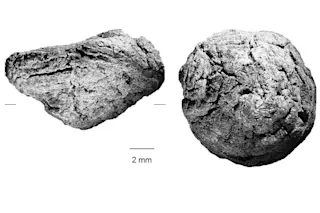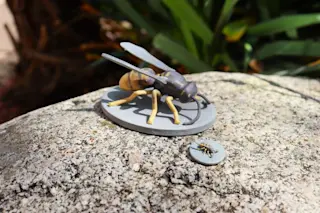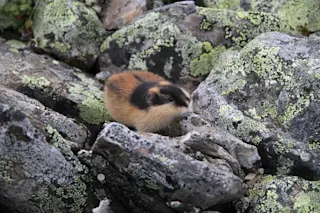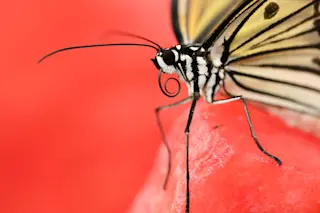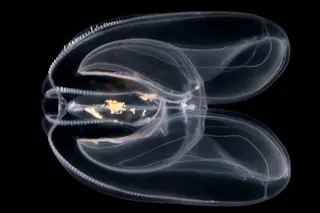It's a matter of debate for both researchers and advocates of diets that ostensibly echo the meal plans of our ancestors: When did humans start eating starchy carbs?
Charred remains of roasted rhizomes, found in a cave in South Africa, suggest it was at least 50,000 years earlier than previous archaeological evidence indicated.
Today, plant-derived carbs account for more than half of the modern human diet worldwide. There are genetic clues that suggest this shift to a starchier diet happened around 300,000 years ago. That's when models show an uptick in genes that make digesting starch easier.
But archaeological evidence to support that hypothesis has been sparse. (Let's face it: if you hunt, kill and eat an animal, you're going to leave bones and other easily preserved bits behind. If your meal was a potato, not so much.)
Just last May, researchers working at a site along South Africa's southern ...


